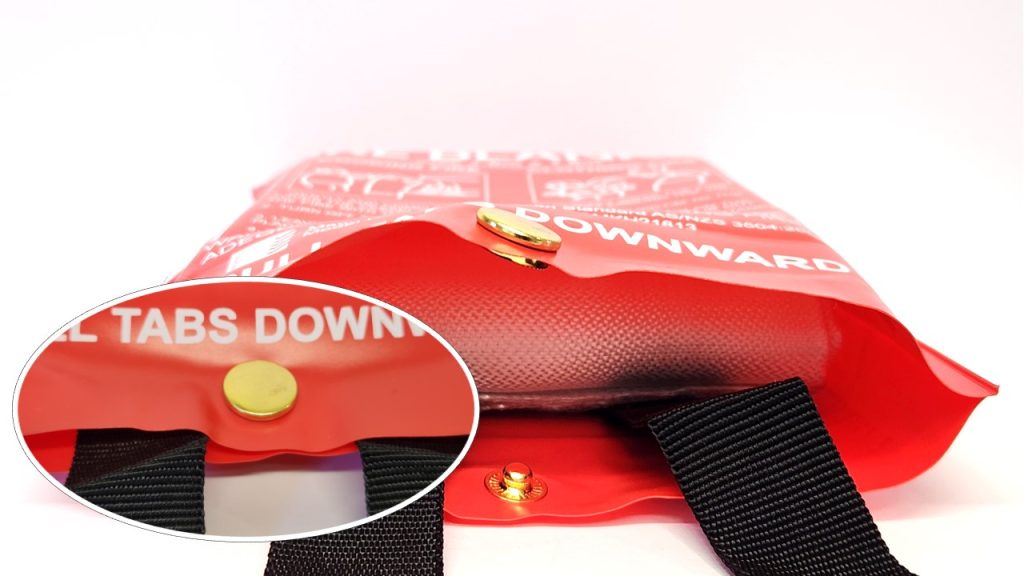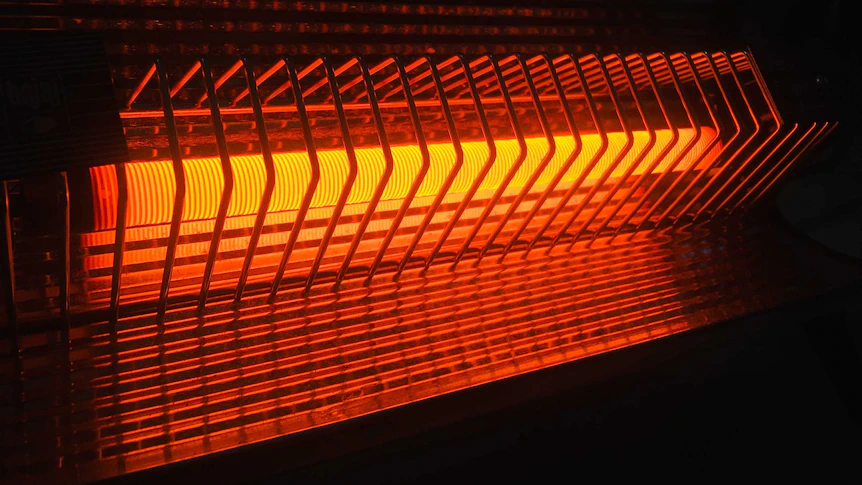Tag Archives: interconnected smoke alarm
Understanding the 10-Year Smoke Alarm Battery – Hidden Fire Danger or Ultimate Safety?
Lithium batteries are becoming the preferred choice for photoelectric smoke alarms due to their superior lifespan compared to tradition...
Interconnectable Smoke Alarms: Discover Why They’re A Game Changer for Modern Home Safety in 2025!
When it comes to home safety, interconnectable smoke alarms are an unsung hero that deserve more recognition. These devices have revolu...
ZEN Fire Blanket And Interconnected Smoke Alarm – Fireproof Your Home Today!
Fire prevention and preparedness are paramount in your home. In addition to the early fire warning provided by your ZEN Interconnected ...
Winter’s 5 Hidden Dangers: Are Your Interconnected Fire Alarms Ready For Action?
With the onset of Australia's winter season, the drop in temperature naturally means we turn to heaters, fireplaces, electric blankets ...




